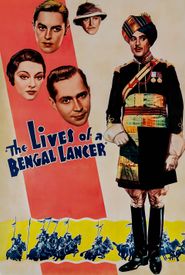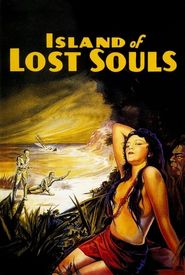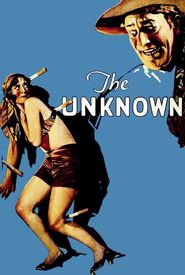A renowned American screenwriter, born to parents of Mormon heritage, began his professional odyssey by joining the esteemed editorial team of the Salt Lake Herald, a prominent publication in the heart of Utah. As his aspirations for a career in the entertainment industry continued to grow, he decided to further his education at the prestigious Stanford University, though he ultimately chose not to complete his degree. Before venturing into the world of motion pictures, Young's exceptional skills as a story writer and drama editor were highly sought after by two prominent San Francisco-based publications: the San Francisco Chronicle, a leading newspaper in the region, and the San Francisco Examiner, a respected daily newspaper.
Before embarking on a new chapter in the film industry, he initially gained valuable experience as a publicist, catering to the promotional needs of various notable theatrical personalities.
His cinematic journey commenced with a contractual agreement to Universal Pictures, a professional relationship that endured from 1917 to 1919.
Following this stint, he joined the prestigious film production company, Famous Players/Lasky, and navigated a busy schedule by commuting between Hollywood and the Astoria studios located in Long Island, which were operated by Paramount.
The distinguished career of Young, a masterful screenwriter, is replete with a plethora of outstanding accomplishments, as he crafted some of his most celebrated and highly regarded screenplays for the prestigious MGM studios between 1924 and 1929, as well as for Paramount Pictures in 1930 and again from 1932 to 1936.
Notably, his fruitful collaborations with the renowned director Cecil B. DeMille on several epic films of great magnitude, including the 1932 production of The Sign of the Cross and the 1934 masterpiece Cleopatra, serve as a testament to his remarkable skill and artistry in storytelling, as well as his ability to work effectively with other creative visionaries.
Young's creative endeavors, which spanned multiple cinematic endeavors, notably contributed to the success of Gary Cooper's most iconic films, specifically The Lives of a Bengal Lancer, released in 1935, and The Plainsman, which premiered in 1936.









































